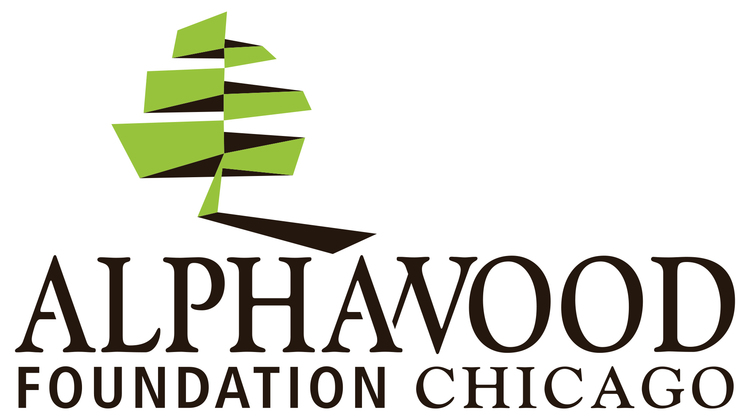Beneath Guatemala’s modern capital lies the record of the rise and fall of an ancient city
Walk into any archaeologist’s laboratory and you’re likely to see bags of broken pottery. Walk into Bárbara Arroyo’s laboratory in a warehouse on the edge of the ruins of Kaminaljuyú in Guatemala City and you’ll find bags containing millions of pottery sherds, stacked almost to the ceiling. Millions more sit in the vaults of the National Museum of Archaeology and Ethnology a few miles away. Outside Arroyo’s laboratory, she and her team have dumped thousands upon thousands more ancient ceramic scraps into a large hole. “They can’t take any more at the museum,” she says with a shrug, gesturing out a window at the overflowing pit.
Long before archaeologists came to this area, visitors who had seen ancient Kaminaljuyú’s pyramids and platforms wondered what it had once been. In 1893, the British explorers Alfred and Anne Maudslay saw the city’s overgrown mounds—they mapped about 110 of them—and wrote that it must have been a “a fair-sized town” in the distant past but was now “a mere ghost town…without history or name.” In 1936, American archaeologists Edwin Shook and Alfred Kidder were amazed by the site’s “massive public buildings.” They counted more than 200 ancient structures and found that Kaminaljuyú, which means “hills of the dead” in the Mayan language K’iche’, stood at the center of an urban agglomeration that included some 35 more Maya settlements in the immediate vicinity.
